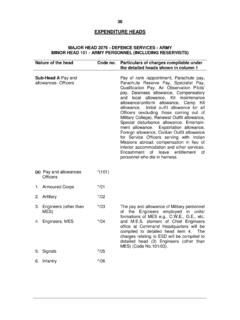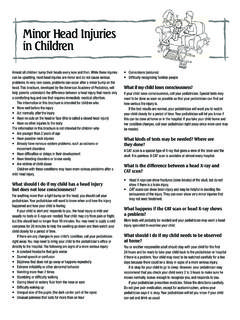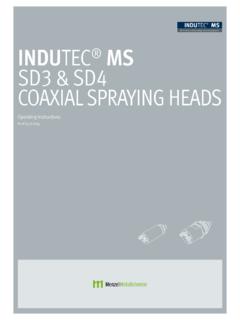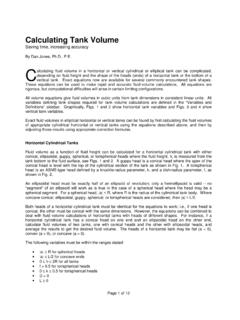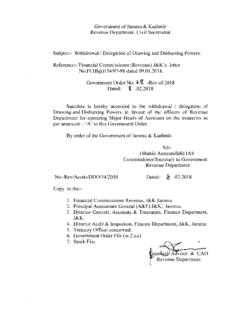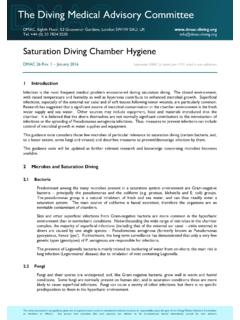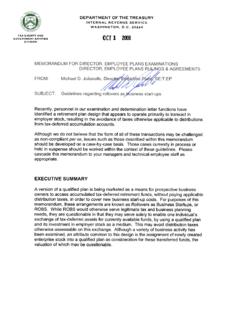Transcription of The Kikuchi Music Institute Library `âá|v|tÇá{|Ñ ...
1 ` |v|t {| ` |v|t {| ` |v|t {| ` |v|t {| Y Y Y Y f | z f | z f | z f | z VIOLINLEVEL 1A comprehensive and systematic course in theoryand technique specifically for string students,with different books for each Lee W. KikuchiThe Kikuchi Music Institute LibraryiiMusicianship for Strings, VIOLIN LEVEL 1, is a systematic approach to theory and technique that isspecifically catered to the string student, in graded levels primer to 10. Beginners who have never studied musicshould start with the PRIMER LEVEL book. Beginners who have studied another non-string instrument for at leastone year may start with Level 1 (this book).}}}}
2 Each instrument (violin, viola, cello, bass) has its own series, but themusical examples are the same and can be used for class instruction. This series is meant to supplement anothermethod system (such as Suzuki, Essential Elements, All For Strings or Stringbuilder), and provides only theory andtechnical exercises. Actual songs, etudes and repertoire should be provided using other materials. Theory conceptsare introduced systematically with reading, writing and playing examples to ensure the student s comprehension andretention. Technical skills are introduced in coordination with the theory to provide the student adequate for Strings is available for violin, viola, cello and books by Lee Kikuchi that supplement Musicianship for Strings:Notes into Action (4 Levels)Cornstalk Tunes (violin, viola, cello, bass Level 1)To order copies or to provide feedback, contact the author at: Kikuchi Music Institute1515 Warren StreetPittsburgh, PA 15212(412) 322-0520 LWKikuchi @ visit Printing 2008 Lee W.
3 Kikuchi , 1515 Warren St. , Pittsburgh, PA 15212 (412) 322-0520iiiTABLE OF of the Violin and 2 Musical Review .. 4 Drawing Note Note the Violin .. 6 String Names ..7 Rhythm .. 8 Pizzicato Reading Letter Reading 11 Holding the the Strings and the Sound at Direction ..18 Counting Direction and Stopping the Bow ..19 Dynamics: Loud and Soft ..20 Shifting Between Strings ..21 Bow Direction and Lifting .. 22 Lifting the 23 Theory Review .. 24 Technique 26 Fingers 1 and 3 (D String)..27 Slurs .. 28 Slurring Fingered Notes .. 29 Finger 30 Playing Finger the A 32 Fingers 1 and 3 (A String).
4 33 Eighth Notes .. 34 Exercises for Eighth Notes ..35 Counting Eighth Notes .. 36 Cornstalk .. 38 Playing Finger 39 How Sharps of the G String ..42ivPlaying the G String ..43 Half Steps and Whole Notes on Two the E the E and Skips ..50 The Mute .. and Placement of the Bow ..53 Levels of of the Long Lowered 1 (Half Position) ..59 Single Eighth Notes & Eighth Eighth Notes & Eighth 61 Pentascales and G, D, A Pentascale Patterns ..63 Major and Minor ..66 Playing Accents ..67 Dynamic Types of Notes ..72 Exercises with Dotted Finger Plays Two F and 75 Changing Different Tempo 77 Glissandos.
5 78 Grace Glissandos ..79 Ear Training ..80 Musical Five Musical Periods Review ..84 Final Theory Review Theory Review Theory Review I began teaching violin and cello several years ago, I was quite surprised that the teaching materials availablehave not changed substantially since I was a child. There were new method books, with CDs and DVDs, but despitethe advances in technology, the actual material and teaching approach did not seem substantially different. Themethods that exist today divide the technical skills into two different approaches: finger first with pizzicato or learn tobow the different open strings before fingering.
6 Then, when it comes to teaching fingering, some systems start withfinger 1, and others start with finger 3 . [The latter is meant to help develop a better hand shape and position.]However, despite these variances, the method systems still seem to lack in their approach to theory and techniqueespecially in regard to adequate explanation of the various muscle motions required to play the meeting these latter deficiencies, I have developed this Musicianship for Strings series, which is both aworkbook for Music theory (from a string approach) and a rigorous approach to technique development throughcareful step-by-step instruction regarding all the necessary motions of the bow arm and left hand.
7 I have attempted toavoid the issues of which is taught first whether pizzicato vs. arco, or finger 1 vs. finger 3, by giving exercises that useboth on the same page. This way the teacher can use this series with any existing method system, choosing theexercises which match the system (or choose all of them for more in-depth instruction). If exercises are skipped, theteacher should return to them when appropriate to back-fill the skills not covered on the first and writing theory exercises are designed to explain all aspects of Music theory and especially those conceptsand skills specific to string instruments.
8 Theory exercises will often include playing examples so that the student mayapply the acquired knowledge to the skill of the instrument. Immediately following the theory page is a techniquepage that allows more in depth application of the new skill to the instrument. Whereas most theory pages can begraded and checked off quickly (usually the next week after assignment), the technique exercises should beperformed at each lesson over several weeks to ensure full mastery of the pages include simple exercises to introduce and drill the newest theoretical or technical skill, which arethen followed by more challenging exercises that incorporate skills previously learned.
9 Some pages are specificallylabeled Challenge Etudes or have a descriptor indicating that the exercises are designed to include all skillspreviously learned and to be challenging. In this way the theory and technique are reviewed carefully and continuouslyover the course of many weeks to ensure maximum retention and facility. Such issues as rhythmic accuracy, tone, andbowing sensitivity should be considered just as important as the newly acquired skill, and metronome markings directthat the student should be fully capable of performing the skill at various speeds (slow, medium, fast).
10 The series is written in 11 different levels, with books for each instrument, so that the teacher may give the studentsubstantive instruction from the first lesson to the point of entering college (pre-professional study). Such systemsexist for piano, but apparently not for any of the orchestral instruments. Now, finally Musicianship for Stringsprovides a comprehensive course in Theory and Technique for all pre-professional string students. A brief explanationof each level is provided below, to help teachers place their current students into the appropriate level:Primer: All beginning students without any prior musical knowledge should begin with the Primer level.


